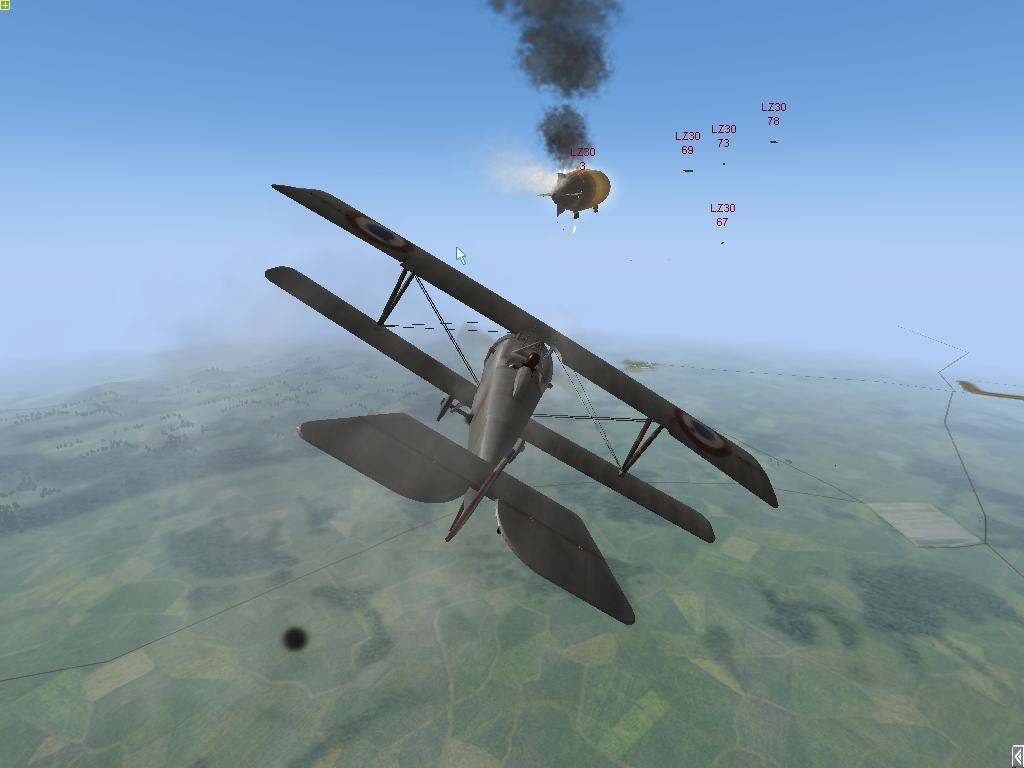

However, this cannon had a rather low muzzle velocity and was hence effective only at close ranges. Very few other Japanese fighters were capable of reaching the altitude at which the B-29 operated and still possess sufficient performance in order to intercept this bomber.Ī few Ki-44-IIc fighters were armed with a pair of 12.7- mm machine guns and a pair of wing-mounted 40-mm Ho-301 cannon in an attempt to provide even more punch against the B-29. The Ki-44-IIc was particularly effective against the B-29, and was regarded as the toughest and most troublesome fighter that these bomber crews had to deal with at that stage in the war. Later, B-29 crews encountered the Tojo in their early sorties over the Japanese home islands. Shoki fighters were also assigned the task of defending the vital oil fields at Palembang on Sumatra. The Ki-44-II was first encountered by the Allies in the China, Burma, and Malaya theatres. The Model 2C was armed with a quartet of 20-mm Ho-3 cannon and was intended primarily as a B-29 interceptor in defense of the Japanese home islands. It carried a quartet of 12.7-mm machine guns, two in the fuselage and two in the wings. The major production version was the Ki-44-IIb (Model 2B). Only a relatively few examples of the IIa version were built. The Ki-44-IIa was equipped with two fuselage-mounted 7.7-mm machine guns and two 12.7-mm machine guns in the wings. The Model 2 (Ki-44-II) became the major production version of the Shoki, and was built in three separate versions. I understood that the Raiden was potentially a good B29 attacker but it was spoiled if not ruined by some design weaknesses but mainly very poor production quality controls. Peoples views on this would be appreciated. With a lack of warning they had little chance of getting large formations of fighters in the right place to carry out co-ordinated attacks. If you are going to intercept bombers coming inover the sea then you need good long range radar which the Japanese didn't have in quantity. They certainly had radar but its performance was poor compared to the German and allied designs and the standard of the crews tended to be lower due to the view most leaders had of people who were not in the front line.

One factor that should be considered is the standard of Jap radar. The ammunition was caseless with a very poor MV and a short range which would have meant the fighter having to get very close and they would have been shot to pieces. The Ki44 did have a version armed with the 40mm but it was a failure. Also gives it the speed to outrun the escorts. Speed and firepower seem like the deciding factor on the best bomber killer. Had the highest speed (rendering the defensive firepower of the B29 next to, if not in fact, useless) and a heavy battery of cannons to make the short time it was in range of a B29 a very dangerous time for the bomber. Would give the Me-262 the kudos as the best German "anti-B29" machine. Was that 10,000 sortie rate for the month of July 1945 or was that for the whole war up to July of 45? I ask because the 29 was doing a lot of other missions (bombing Okinawa, Mine Laying, ect) at the same time and not all of the attacks were over mainland Japan. After a while of this, the 29s moved to night bombing where the Mig's advantages weren't decisive. I have heard (allegorically) that the B29s over North Korea were hammered by the Mig15, the Sabres could not keep them off the bombers. Nicodemus, it is my understanding that the Mig 15 was designed to deal specifically with the B29 as a point interceptor. Jumping around on a bunch of posts on this one.


 0 kommentar(er)
0 kommentar(er)
